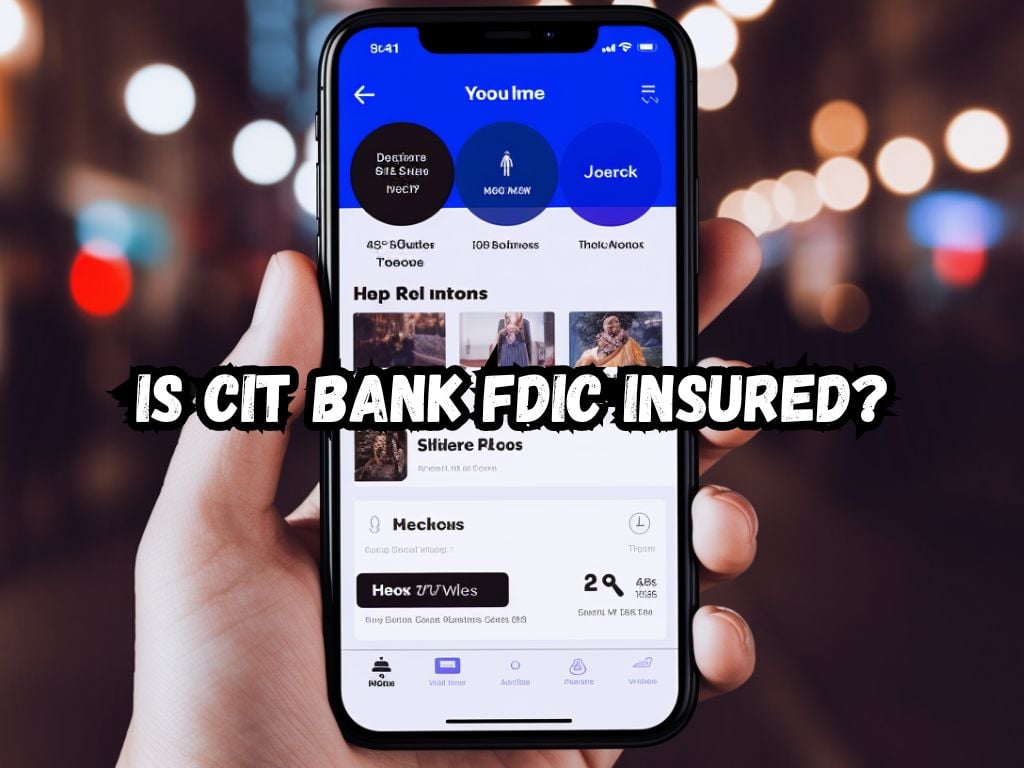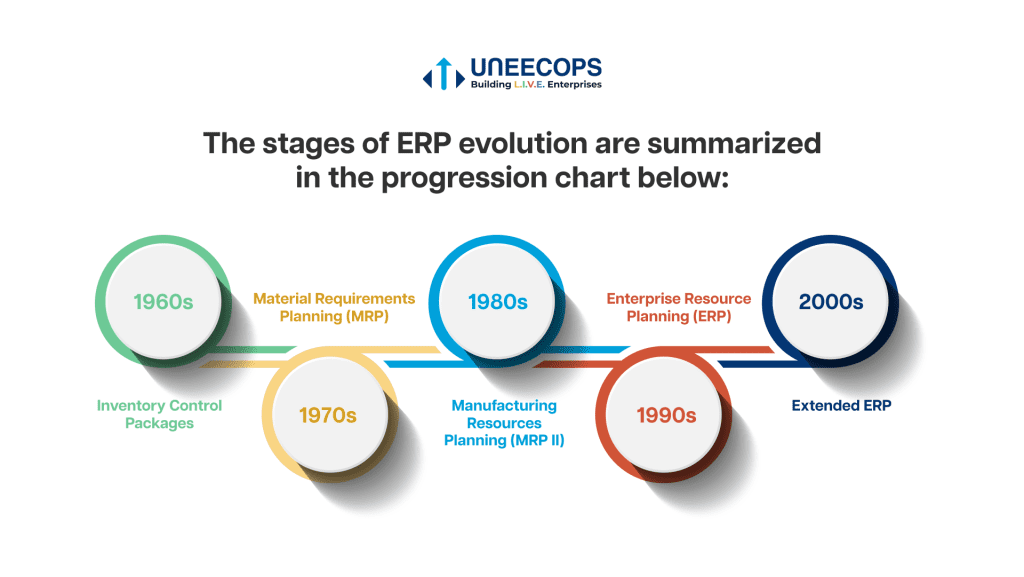Is Cit Fdic Insured
Is CIT FDIC Insured?
Welcome, dear reader! Today, let’s dive into the world of CIT bank and its insurance coverage. One burning question that often comes up is whether CIT is FDIC insured. Let’s unravel this mystery and explore what it means for your hard-earned money. So, sit back, relax, and let’s embark on this informative journey together!
What is FDIC Insurance?
FDIC insurance stands for the Federal Deposit Insurance Corporation, which is an independent agency of the United States government. It was created in 1933 in response to the widespread bank failures during the Great Depression. The purpose of FDIC insurance is to protect depositors by insuring their deposits in the event that a bank fails. This insurance covers deposits in checking accounts, savings accounts, money market accounts, and certificates of deposit (CDs) up to certain limits.
When you open an account at a bank that is FDIC insured, your deposits are automatically covered by FDIC insurance. This means that if the bank were to fail, you would be reimbursed for the full amount of your deposits, up to the limit set by the FDIC. As of 2021, the standard insurance amount is $250,000 per depositor, per insured bank. This means that if you have multiple accounts at the same bank, your total deposits are insured up to $250,000.
It is important to note that not all banks are FDIC insured. Before opening an account at a bank, you should always check to make sure that it is insured by the FDIC. You can easily do this by looking for the official FDIC logo or by checking the FDIC’s online database of insured institutions. If a bank is not insured by the FDIC, your deposits will not be protected in the event of a bank failure.
FDIC insurance provides peace of mind to depositors by ensuring that their hard-earned money is safe and secure. It helps to maintain confidence in the banking system and promotes stability in the financial industry. In the rare event that a bank does fail, the FDIC steps in to protect depositors and facilitate the transfer of accounts to another institution. This helps to minimize disruptions for account holders and ensures that they maintain access to their funds.
In addition to providing insurance for individual depositors, the FDIC also insures deposits for certain retirement accounts, such as IRAs and 401(k) plans. This means that your retirement savings are also protected by the FDIC, up to the same $250,000 limit. This can give you added security and peace of mind as you plan for your financial future.
In conclusion, FDIC insurance is a vital component of the U.S. banking system that helps to protect depositors and maintain stability in the financial industry. By insuring deposits up to $250,000 per account, the FDIC provides peace of mind to individuals and families who rely on the safety of their bank accounts. It is important to be aware of the limits and coverage of FDIC insurance when choosing a bank and managing your accounts to ensure that your deposits are fully protected.
How Does FDIC Insurance Work?
FDIC insurance works by providing protection to depositors in the event that a bank fails and is unable to return their deposits. This insurance is backed by the U.S. government and covers deposits up to $250,000 per depositor, per insured bank. This means that if you have multiple accounts at the same bank, such as a checking account, savings account, and CD, all of those accounts are typically insured up to $250,000 each. It’s important to note that not all deposits are covered, such as investments in stocks, bonds, mutual funds, and annuities.
When a bank fails, the FDIC steps in to protect depositors by reimbursing them for their lost funds. This process typically happens quickly, with most depositors receiving their insured money within a few days of the bank’s closure. In some cases, the FDIC may arrange for the failed bank to be acquired by another institution, with depositors’ accounts being transferred to the new bank. This ensures that depositors have uninterrupted access to their funds and that their deposits remain protected by FDIC insurance.
FDIC insurance is funded by premiums paid by banks and does not cost anything for depositors. This insurance is a crucial safeguard for depositors, as it helps maintain confidence in the banking system and ensures that people’s hard-earned money is protected. It’s also important for depositors to be aware of the limits of FDIC insurance and to spread their funds across multiple banks if they have more than $250,000 in deposits to ensure that all of their money is fully protected.
Coverage Limits of FDIC Insurance
FDIC insurance provides protection for funds deposited in banks and savings institutions up to certain limits. As of 2021, the standard coverage limit for each depositor is $250,000 per financial institution. This means that if you have multiple accounts at the same bank, your total deposits are insured up to $250,000. For example, if you have a checking account, a savings account, and a CD at a bank, all three accounts combined are insured up to $250,000.
It’s important to note that the $250,000 limit applies per depositor, per bank. So if you have accounts at different banks, each account is separately insured up to $250,000. This means that you can potentially have more than $250,000 in total deposits insured if you spread your funds across multiple banks.
In addition to the standard coverage limit, the FDIC also offers separate insurance for certain types of accounts. For example, retirement accounts such as IRAs are insured separately up to $250,000 per depositor. This means that if you have an IRA with $250,000 and other deposits totaling $250,000 in the same bank, both accounts are fully insured.
Another important consideration is joint accounts. Joint accounts are insured up to $250,000 per co-owner, meaning that each co-owner’s share of the account is protected. For example, if you have a joint account with your spouse with a balance of $500,000, both you and your spouse are insured for $250,000 each.
It’s crucial to understand the coverage limits of FDIC insurance to ensure that your deposits are adequately protected. If you have more than $250,000 in deposits at a single financial institution, you may want to consider spreading your funds across multiple banks to maximize your insurance coverage. By being aware of the coverage limits and how they apply to different types of accounts, you can safeguard your deposits and have peace of mind knowing that your money is protected.
Benefits of Banking with an FDIC-Insured Institution
When it comes to choosing a bank or financial institution to trust with your money, one of the most important factors to consider is whether or not it is FDIC insured. The Federal Deposit Insurance Corporation (FDIC) is an independent agency of the United States government that protects depositors against the loss of their insured deposits if their bank fails.
Here are some of the key benefits of banking with an FDIC-insured institution:
1. Peace of Mind: Knowing that your deposits are insured up to the legal limit can give you peace of mind that your hard-earned money is safe and secure. In the unlikely event that your bank fails, the FDIC will step in to protect your deposits, up to $250,000 per depositor, per insured bank.
2. Stability and Trust: FDIC insurance helps to promote stability and trust in the banking system. By ensuring that depositors will not lose their money in the event of a bank failure, the FDIC helps to maintain confidence in the banking system and prevent bank runs.
3. Regulatory Oversight: FDIC-insured institutions are subject to regulatory oversight to ensure that they are operating in a safe and sound manner. This oversight helps to protect depositors and maintain the stability of the financial system.
4. Consumer Protection: In addition to insuring deposits, the FDIC also provides consumer protection through its regulations and oversight of insured institutions. This includes rules and regulations governing the disclosure of fees and interest rates, as well as protections against unfair or deceptive practices.
For example, the FDIC requires banks to prominently display information about their FDIC insurance status so that consumers can easily identify whether or not their deposits are insured. This transparency helps to build trust and ensure that customers are aware of the protections available to them.
Overall, banking with an FDIC-insured institution offers numerous benefits that can help you feel confident in the safety and security of your deposits. By choosing a bank that is FDIC insured, you can rest assured that your money is protected and that you have access to the regulatory protections and oversight that the FDIC provides.
How to Verify if Your Bank is FDIC-Insured
It’s essential to ensure that your bank is FDIC-insured to protect your money in case of a financial crisis. The Federal Deposit Insurance Corporation (FDIC) provides deposit insurance up to $250,000 per depositor, per insured bank, for each account ownership category. Here are some easy steps to verify if your bank is FDIC-insured:
1. Check the FDIC’s Online Database: The FDIC offers a user-friendly online tool called the BankFind database, where you can search for your bank to confirm its FDIC insurance status. Simply enter the name of your bank or its FDIC certificate number, and the database will provide you with all the relevant information.
2. Look for the FDIC Logo: All FDIC-insured banks are required to display the FDIC logo prominently in their branches and on their official website. The logo usually includes the official FDIC name and the words “Member FDIC.” If you don’t see the FDIC logo, it’s a red flag that your bank may not be insured.
3. Review Your Bank’s Documentation: Check your bank statements, account agreements, and other official documents provided by your bank. The FDIC insurance status should be clearly mentioned in these materials. If you can’t find any information, contact your bank’s customer service for clarification.
4. Visit the FDIC’s Website: The FDIC’s official website is a reliable source of information regarding the insurance status of banks. You can browse through the FAQs section or contact the FDIC directly through their toll-free number to verify your bank’s insurance status.
5. Ask Your Bank Directly: If you still have doubts about your bank’s FDIC insurance status, the best course of action is to contact your bank directly. You can visit a branch in person, call their customer service hotline, or send an email to inquire about their FDIC insurance coverage. Most banks are transparent about their insurance status and will provide you with the necessary information promptly. It’s crucial to verify this information to safeguard your hard-earned money and ensure peace of mind.






